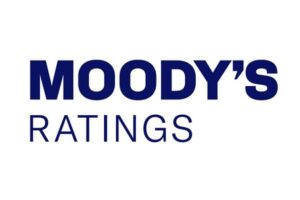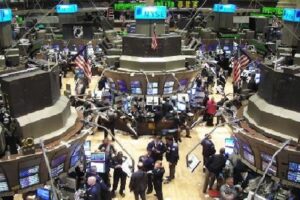Annual US consumer inflation fell to 2.5% in August, a 3-year low

WASHINGTON, D.C.: With the post-pandemic spike in U.S. inflation easing further last month, the path was cleared for the Federal Reserve to cut interest rates and likely shape the economic debate in the final weeks of the presidential race.
This week, the Labor Department’s report showed that consumer prices rose 2.5 percent in August from a year earlier, down from 2.9 percent in July. It was the fifth straight annual drop and the smallest since February 2021. From July to August, prices rose just 0.2 percent.
Excluding volatile food and energy costs, so-called core prices rose 3.2 percent in August from a year ago, the same as in July. On a month-to-month basis, core prices rose 0.3 percent, a slight pickup from July’s 0.2 percent increase.
For months, the cooling inflation has provided gradual relief to America’s consumers, stung by price surges that erupted three years ago, particularly for food, gas, rent, and other necessities. Inflation peaked in mid-2022 at 9.1 percent, the highest rate in four decades.
And Americans’ paychecks have risen steadily for the past three years. Overall incomes have even outpaced inflation for roughly 18 months, helping more households handle elevated prices. On Tuesday, the Census Bureau reported that the median inflation-adjusted household income rose four percent last year to above US$80,000, matching the 2019 peak.
Inflation figures followed a presidential debate in which former President Donald Trump attacked Vice President Kamala Harris for the price spikes that began a few months after the Biden-Harris administration took office when global supply chains seized up and caused severe shortages of parts and labor.
During the debate, Trump falsely characterized the scope of the inflation surge when he claimed, “They had the highest inflation perhaps in the history of our country.” In 1980, inflation reached 14.6 percent – much higher than the 2022 peak.
A key reason for last month’s drop in overall inflation was the third drop in gas prices in the past four months: Average gas prices fell 0.6 percent from July to August and are down 10.6 percent from a year ago. And used cars fell 1 percent last month. Measured from a year earlier, used car prices have tumbled 10.4 percent.
Grocery prices were unchanged from July to August, extending a cool-down in food costs even though they remain much higher than three years ago. Over the past year, grocery prices have ticked up just 0.9 percent, similar to the pace of pre-pandemic food inflation.
Still, many Americans are taking steps to try to stretch their budgets. Kelsey Aubrey, who lives in North Palm Beach, Florida, and was shopping at the discount grocer Aldi on Tuesday, said she typically visits up to four or five stores in her search for the lowest grocery prices.
Several trends suggest that inflation will keep slowing. Those signs include a drop in oil prices to roughly $67 a barrel early Wednesday, down from a high of $80 last month.
Americans’ paychecks are also growing more slowly – an average of about 3.5 percent annually, still a solid pace – which reduces inflationary pressures. Two years ago, wage growth was topping five percent, a level that can force businesses to raise prices to cover their higher labor costs sharply.



